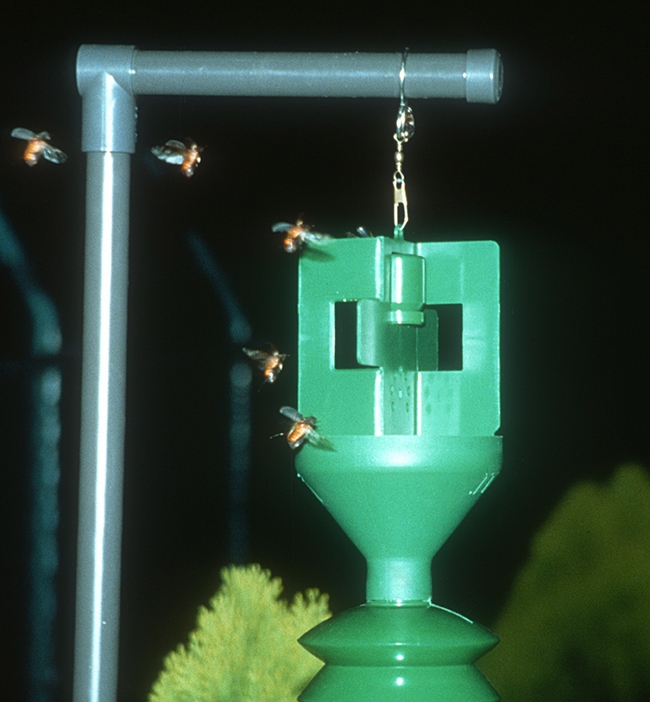- Author: Kathy Keatley Garvey
(Note: The main UC Davis Department of Entomology news page is at https://entomology.ucdavis.edu.)
What's a picnic without bugs!
The UC Davis Department of Entomology and Nematology is gearing up for the 110th annual UC Davis Picnic Day, set April 20.
This year, all of the entomology exhibits, including those at the Bohart Museum of Entomology, will be at Briggs Hall. (The Bohart Museum headquarters in the Academic Surge Building will be closed on Picnic Day.)
Picnic Day at Briggs Hall is from 9 a.m. to 5 p.m. Some of the activities will closer earlier.
The list of events and activities in and around Briggs Hall will include:
Bug Doctor
Briggs Hall Entryway
Graduate students will answer questions about insects. What's that bug? Attendees are encouraged to bring an insect or photo for identification.
Cockroach Races
Front of Briggs Hall
American cockroaches, Periplaneta americana, from Bob Kimsey's forensic lab, race on a specially made track, while roach fans cheer for their favorites. (Sometimes the athletes are named for faculty, friends or bystanders.)
Medical Entomology
122 Briggs Hall
Carla-Cristina "CC" Melo Edwards of the Geoffrey Attardo lab is coordinating the medical entomology display. Her research focuses on investigating the physiological mechanisms underlying pyrethroid resistance in Aedes aegypti (the yellow fever mosquito).
Diversity of Arachnids
122 Briggs Hall
Doctoral student Emma Jochim of the Jason Bond lab is coordinating an exhibit she created last year to display the diversity of arachnids, such as vinegaroons, whip spiders, tarantulas, and scorpions. "We'll have live animals and fact sheets that will give a general overview of their diversity, behavior, and habitat," Jochim said. "I'll also bring some curated specimens to show what goes into creating a scientific collection and talk about why collections are important for understanding biodiversity. "
Maggot Art
Briggs Courtyard
Artists--children and adults alike--create maggot art by dipping a live maggot into water-based, non-toxic paint. It's suitable for framing (or at least a spot on the refrigerator door). This event will close at 3 p.m. this year (last year it was at 5 p.m.)
Dr. Death
122 Briggs Hall
Forensic entomologist Robert Kimsey will display and discuss his work in his "Dr. Death" booth. Last year Kimsey pin-mounted and identified flies from various cases and research efforts, and displayed studies on the sequence of development of individual maggots, calling attention to the development and sequence of communities of insect maggots. "By these means, approximations about how long a person has been dead can be made," he told the crowd.
Entomology at UC Davis
122 Briggs Hall
Displays of insects, including bees, ants and more. Graduate students, faculty and emeriti will staff the tables.
Bohart Museum of Entomology
Front of Briggs Hall
A pop-up tent, staffed by the Bohart Museum, will include stick insects (walking sticks) and Madagascar hissing cockroaches. "We are excited to be part of the bigger department's offerings," said Tabatha Yang, education and outreach coordinator. Give-aways are also planned.
Fly-Tying
Briggs Hall courtyard
Fly Fishers of Davis will show attendees how to tie a fly. The recipients take home the flies.
Insect-Themed T-Shirt Sales
Briggs Hall entryway
Members of the Entomology Graduate Student Association (EGSA), led by president Mia Lippey, will be selling their popular insect-themed t-shirts, including The Beetles. The T-shirt, EGSA's all-time best seller, is a take-off of the cover of The Beetles' Abbey Road alum. However, instead of the Beatles crossing the road in a single file, four beetles (family names Phengogidae, Curculionidae, Cerambycidae and Scarabaeidae) do so.
Mosquito Control Booth
Entrance to Briggs (below front steps)
Sacramento-Yolo Mosquito and Vector Control District will be providing information on mosquitoes, answering questions, and handing out give-a-ways, including mosquito repellent.
UC Statewide Integrated Pest Management (UC IPM)
Briggs Hall Courtyard
“We plan to have many of our usual materials on display and will be giving out the live lady beetles (aka ladybugs) again,” said urban and community IPM educator Lauren Fordyce. “We purchase them from a local garden center. In addition to that, we plan to have a prize wheel that adults and kids can spin, answer a question, and win a prize if they answer correctly. We may also have temporary insect tattoos to give away.”
Ranked Third in the Country. The UC Davis Department of Entomology and Nematology is ranked third among “The Best Entomology Colleges in the United States for 2024" by universities.com. The department includes 24 active and 19 retired faculty; 28 graduate students (five in the master's degree program and 23 in the doctoral degree program); 47 undergraduate entomology majors (based on the Office of Academic Support and Instructional Services (OASIS) Student Reports); and a staff comprised of 27 academics (non-faculty), 24 career, and 56 student assistants. Professor and chair of the department is molecular geneticist and physiologist Joanna Chiu.
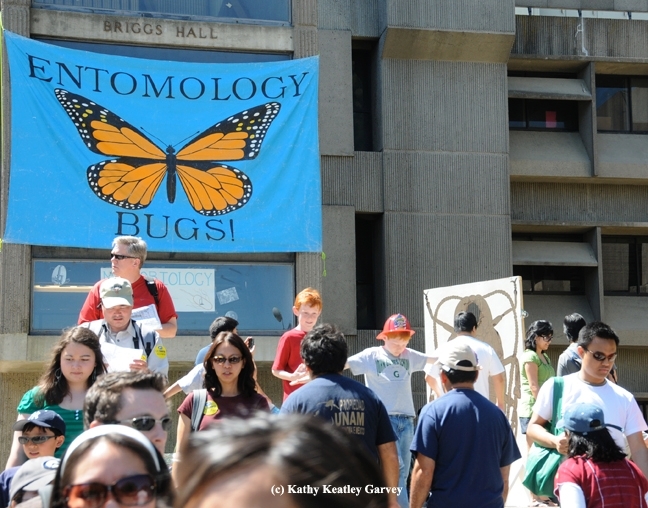
- Author: Kathy Keatley Garvey
Archived News for month of March 2024 from the UC Davis Entomology and Nematology website,
- Bond Lab Research Paper Calls Attention to Diversity of California's Trapdoor Spiders
- Tule and Cattail: A Tale of the Marsh Economy and Its Role in Human Health and Wellbeing
- UC Davis Students Fuse Art and Science to Create Wall Mural at Raptor Center
- News Briefs
Our Retiring Faculty: James R. Carey, Lynn Kimsey, Robert Kimsey, Sharon Lawler, Jay Rosenheim and Diane Ullman
Academic Senate Awards
Mary Louise Flint: Butterflies in Decline
Sol Wantz: Shedding Light on Grasshoppers, Crickets and Katydids
Art Shapiro Discusses Butterflies and Climate Change
UC Davis Picnic Day - In Remembrance
The nation's entomological community, including the UC Davis Department of Entomology and Nematology, is mourning the deaths of Professor Emeritus Charles Mitter of the University of Maryland, a resident of Davis; entomologist-author Elizabeth "Liz" Bernays, Regents' Professor Emerita at the University of Arizona, Tucson, and formerly on the UC Berkeley faculty; and Kim Flottum of Medina, Ohio, longtime editor of Bee Culture. - Picnic Day: Bohart Museum Display Moves to Briggs Hall
All UC Davis Department of Entomology and Nematology displays and activities at the 110th annual UC Davis Picnic Day, set Saturday, April 20, will be in and around Briggs Hall. This includes the Bohart Museum of Entomology displays. -
UC Davis Bee Haven to Celebrate 15th Anniversary
The UC Davis Bee Havesn will celebrate its 15th anniversary with an open house from 10 a.m. to noon, Saturday, April 6. The half-acre garden, a project of the UC Davis Department of Entomology and Nematology, is located next to the Harry H. Laidlaw Jr. Honey Research Facility on Bee Biology Road, west of the central campus.
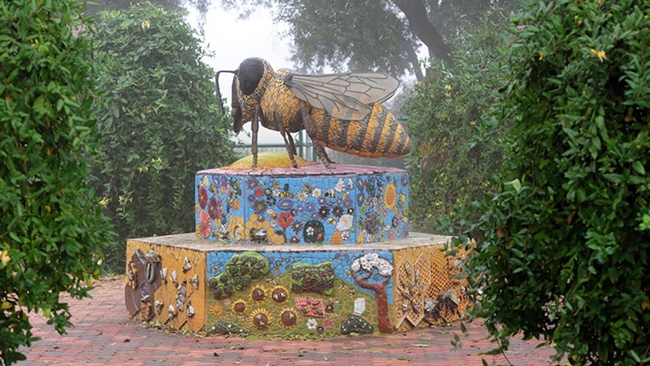
- Author: Kathy Keatley Garvey
(Note: The main UC Davis Department of Entomology news page is at https://entomology.ucdavis.edu.)
UC Davis Distinguished Professor Walter Leal: Third Academic Senate Award
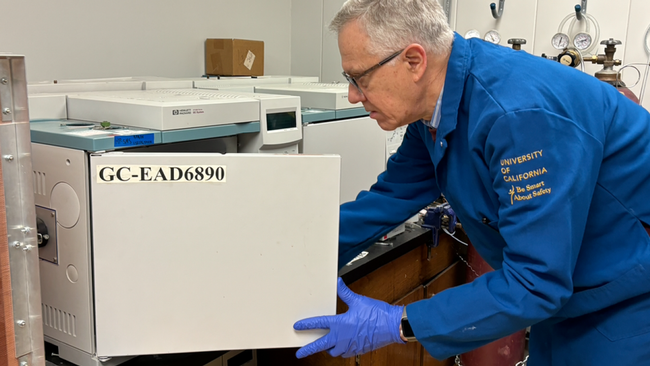
The UC Davis Academic Senate today announced that UC Davis distinguished professor Walter Leal of the Department of Molecular and Cellular Biology and former professor and chair of the Department of Entomology, is the recipient of the Faculty Distinguished Research Award.
And with that award, comes Academic Senate history.
Leal is the first UC Davis faculty member to be honored by the Academic Senate for all three of its awards celebrating outstanding teaching, public service and research. In 2020, the Academic Senate awarded him the Distinguished Teaching Award for Undergraduate Teaching, and in 2022 Distinguished Scholarly Public Service Award.
“Dr. Leal is an internationally recognized entomologist and a world leader in his field for his groundbreaking and transformative research in insect olfaction and chemical ecology,” said nominator UC Davis distinguished professor Bruce Hammock of the Department of Entomology and Nematology, who won the Academic Senate's Faculty Research Award in 2001 and its Distinguished Teaching (Graduate Students/Professional) Award in 2008.
Leal said he's honored and humbled to receive the award, but emphasized that “it's a team effort.” See more.
Professor Louie Yang Receives Academic Senate's Distinguished Teaching Award
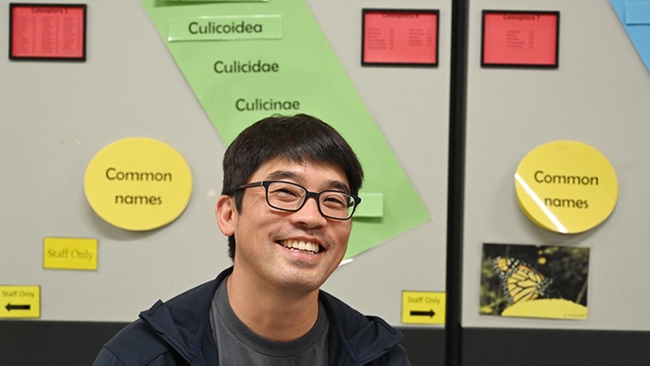
“I have watched him engage, inspire, and challenge his students, fostering creative and critical thinking like no one else I've ever seen,” Joanna Chiu, professor and chair of the department, wrote in her nomination letter. “We deeply appreciate and admire his innovative and inclusive teaching, his exemplary work ethic, his welcoming demeanor, his dedication to his students, and his nationally recognized ecology expertise. Louie has received many well-deserved teaching and mentoring awards for his teaching contributions on and off campus.” See more.
Professor Joanna Chiu: PBESA's Student Mentoring Award
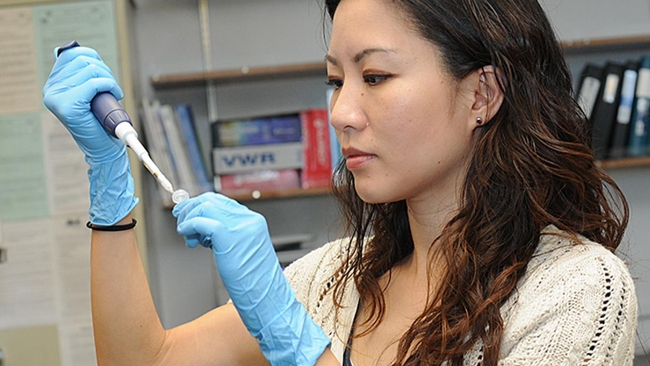
Professor Chiu will receive the award at the PBESA meeting, set April 14-17 in the city of Waikoloa Beach, Hawaii. PBESA encompasses 11 Western states, plus parts of Canada and Mexico, and U.S. territories.
Nematologist Steve Nadler, professor and former chair of the department, nominated her for the mentoring award. He praised her as “an incredible mentor, inspirational, dedicated and passionate about helping her students succeed, as exemplified by her receiving the 2022 UC Davis Academic Senate Distinguished Teaching and Mentoring Award for her contributions to graduate student and professional mentoring, and the 2023 Chancellor's Award for Excellence in Mentoring Undergraduate Research. See more.
- Author: Kathy Keatley Garvey
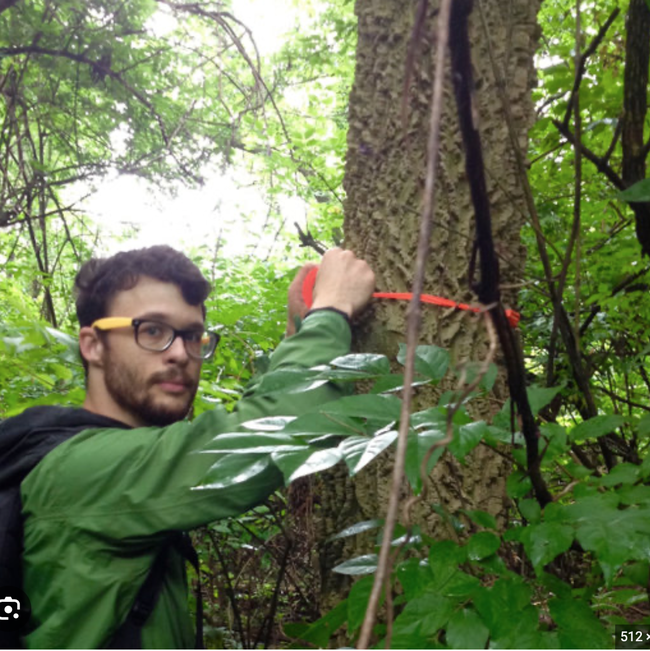
He will deliver his seminar at 4:10 p.m., Monday, Jan. 29 in 122 Briggs and on Zoom. The Zoom link:
https://ucdavis.zoom.us/j/95882849672.
"Forests cover approximately 30 percent of the Earth's landmass and provide important ecosystem services that include food, fuel, and timber, as well as habitat for diverse organisms," Johnson writes in his abstract. "Threats posed to forests by invasive and pestiferous species are rapidly growing.
"Global change, an umbrella term that includes may human-mediated processes such as climate change and international trade, is altering the structure and functioning of forests. Our recently formed research group studies how natural variation impacts the outcomes of interactions between trees, herbivores, and the natural enemies of herbivores. My seminar will provide an overview of our ongoing and developing studies to better understand how variation in chemistry across the landscape shapes the fitness of woodboring insects, and how this variation can be harnessed to optimize management of forest ecosystems."
His research group studies the behavioral and chemical ecology of forest arthropods, with an emphasis on building fundamental knowledge that can further our understanding and management of natural and managed ecosystems. Johnson received his bachelor's degree in biology from Moravian College, his master's degree in entomology from the University of Wisconsin-Madison, and his doctorate from the University of Illinois at Urbana-Champaign. Prior to accepting his position at LSU in the fall of 2022, he was a postdoctoral research associate at the University of New Hampshire.
For Zoom technical issues, contact seminar coordinator Brian Johnson, associate professor, at brnjohnson@ucdavis.edu. See complete list of seminars for the winter quarter.
- Author: Kathy Keatley Garvey
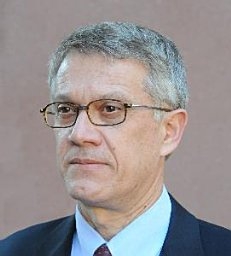
The research, “Circabidian Rhythm of Sex Pheromone Reception in a Scarab Beetle,” published in the Jan. 18 edition of Current Biology, marks the first sex pheromone receptor identified in Coleoptera, the order of beetles.
While most insects exhibit a 24-hour circadian rhythm that regulates their behavior and physiology, the large black chafer beetle, Holotrichia parallela, operates on a 48-hour clock, said Leal, a global expert on insect olfaction and communication. A professor in the Department of Molecular and Cellular Biology, he is a former professor and chair of the UC Davis Department of Entomology, now the Department of Entomology and Nematology.
“Insects smell with their antennae,” said Leal, who has unraveled the molecular mechanisms of mosquitoes, true bugs, long horned beetles, moths and other insects. “They have a sophisticated olfactory system and can selectively detect minute amounts of odorants.”
The female H. parallela emerges from the soil every other night, after sunset, climbs the canopy of the host plant, and seeks a mate by releasing a sex pheromone. Leal wanted to know if the males are also on a 48-hour rhythm clock, and he wanted to identify the elusive male gene in the pheromone receptor that allows the male to scent the female's pheromone.
The answers: “yes” and “yes.”
“I have been waiting for almost three decades to answer these questions,” Leal said. “I identified the sex pheromone of this beetle species in 1993 while working for the Ministry of Agriculture and Forestry of Japan. At that time, I found for the first time a very unusual sex pheromone, which is derived from an amino acid. Now similar sex pheromones have been identified from many species of beetles.”
“Also, we showed that females produce the sex pheromone every other night,” Leal said. “The burning question in biology is what males do about sensing or smelling the female sex pheromone. Back then, we had no idea how insects sense smell. With the advancements in sequencing, we identified all potential receptors and identified which one senses the sex pheromone. COVID happened and delayed our research collaboration. Finally, we found that the receptor is expressed every other day.”
“This is remarkable,” Leal said. “How do they know when it is a 'date night' or a non-calling night? It is still a mystery, but we will find out one day.”
Leal and Yin and their team pointed out that virtually all life on Earth experiences a 24-hour circadian rhythm, which affects almost all behaviors, including sexual activity and mating.

Leal, a native of Brazil, received his Ph.D. in applied biochemistry from the University of Tsukuba, Japan, with subsequent postdoctoral training in entomology and chemical ecology at the National Institute of Sericultural and Entomological Science and Cornell University, respectively. He was the first non-Japanese person to earn tenure at Japan's Ministry of Agriculture, Forestry, and Fisheries.
Leal, who joined the UC Davis faculty in 2000, is a newly elected trustee of the Royal Entomological Society, the first UC Davis scientist to be elected a trustee. He chaired the UC Davis Department of Entomology in 2006-2008 before accepting a position in 2008 as professor of biochemistry in the Department of Molecular and Cellular Biology. His many honors include Fellow of the Entomological Society of America (2009), American Association for the Advancement of Science (2005), and the National Academy of Inventors (2019).
Other co-authors of the Current Biology paper: Yinliang Wang, Huanhuan Dong, Yafei Qu, Jianhui Qin, Kebin Li, Yazhong Cao and Shuai Zhang, Chinese Academy of Agricultural Sciences, Beijing; Yuxin Zhou and Bingzhong Ren, Northeast Normal University, Changchun, China; and Chen Luo, Beijing Academy of Agriculture and Forestry Sciences.
The research drew financial support from the National Key R&D Foundation of China; National Natural Science Foundation, China; and the Natural Science Foundation of Beijing.
Resources:
- For This Beetle, ‘Date Night' Comes Every Other Day, Jan. 18, 2024, Andy Fell, UC Davis News and Media Relations
- Walter Leal Elected Trustee of Royal Entomological Society, Sept. 5, 2023
